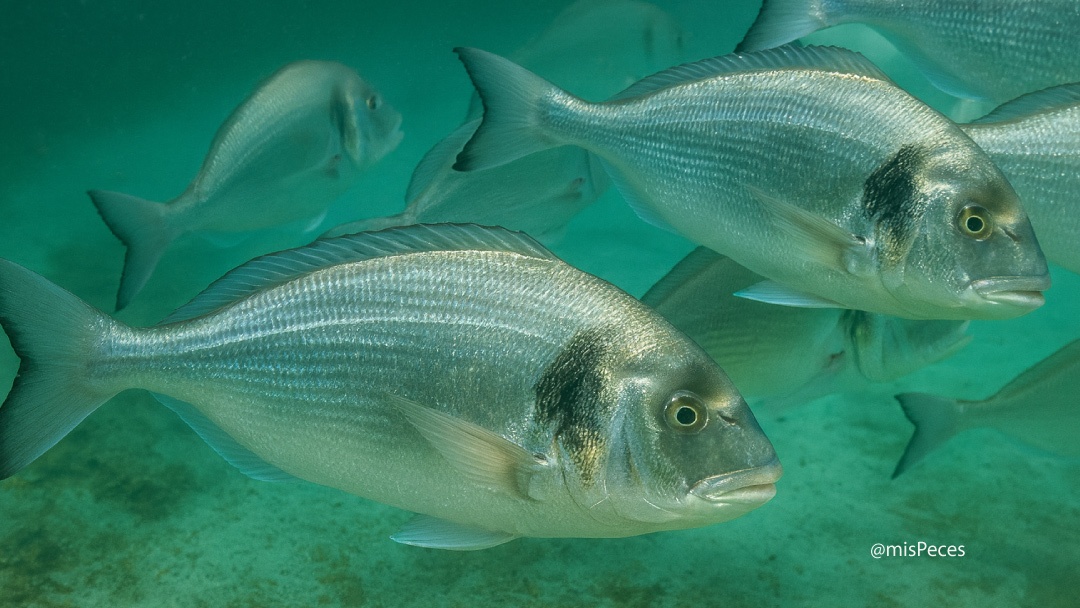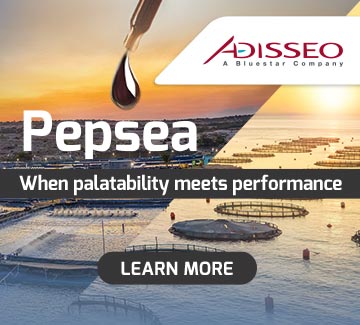
In the future, a simple analysis could reveal where a gilthead seabream was caught or raised, its likely diet, and the environmental conditions of the water it inhabited. According to a pioneering study led by researchers from University of Lisbon in Portugal, analysing the intestinal microbiome of this emblematic Mediterranean species can provide all this information with remarkable accuracy.
By studying the fish’s gut microbiome, the researchers were able to distinguish wild specimens from those reared in aquaculture, and even to identify specific production sites. “The gut bacterial community of gilthead seabream proved to be a reliable and discriminant biological marker for seafood provenance, providing an additional layer of traceability information,” the authors explain.
The team used 16S RNA metabarcoding techniques combined with machine learning models, achieving high accuracy is classifying specimens according to their origin. This approach offers a robust, tamper-proof alternative to traditional chemical or isotopic methods, which can be affected by post-harvest handling or environmental variability.
The implications for the aquaculture sector are significant: the method supports genuine labelling and origin certification, reinforcing consumer confidence and compliance with European traceability regulations. Moreover, identifying site-specific microbial signatures helps combat seafood mislabeling, a persistent issue in global markets.
Beyond authentication, microbiome profiling provides valuable insights into environmental and dietary influences, with potential applications in feed optimization, health monitoring and environmental management.
The researchers foresee bacteriome-based tools being integrated into routine quality assurance protocols and digital traceability systems. As the industry moves towards more sustainable and transparent production, microbiome science could become a cornerstone of seafood authentication.
For the moment, the current study demonstrates the principle of operation, but for this information to be used operationally, it will be necessary to build a comprehensive microbial reference database, standardise sampling and analysis protocols, and establish a regulatory framework to validate its use in official traceability systems.


